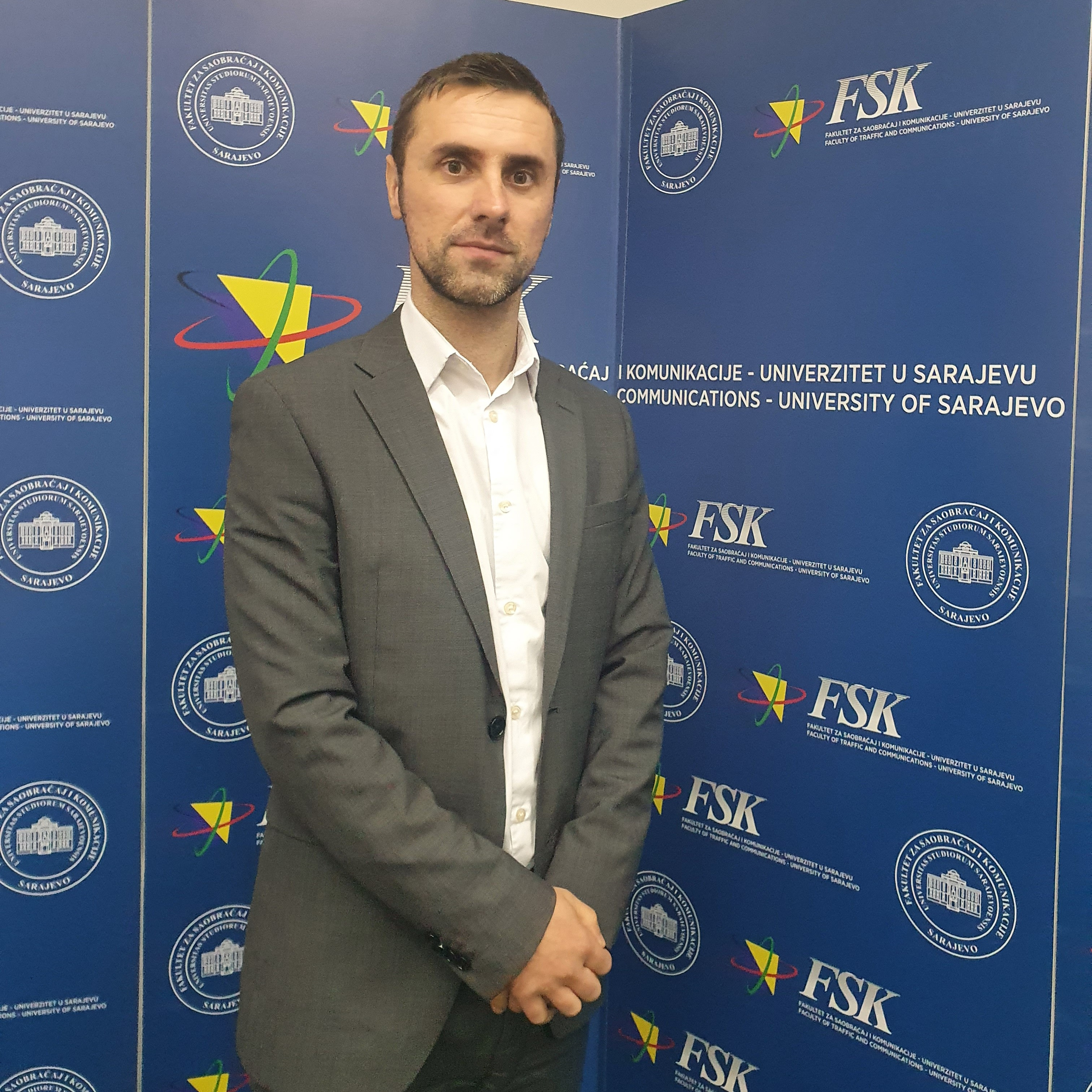
Vanredni profesor, University of Sarajevo
I am a dedicated cross-disciplinary researcher, innovative educator, and technology enthusiast in the field of information and communucation technologies and their practical applications. I'm currently working as an Associate professor at the University of Sarajevo - Faculty of Traffic and Communications. My research interests include the Internet of Things, Traffic Information Systems, Adaptive Traffic Control Systems, Telecommunications, and ICT Infrastructure. I serve as an editorial board member and reviewer in several scientific journals and international conferences. My portfolio encompasses diverse project experiences, having served as a project manager or actively participating as a team member across multiple projects.
A large number of researchers found their interest in addressing the issue of capacity scaling for wireless ad hoc networks. This paper aims to provide a comprehensive overview of the development of capacity scaling laws in wireless networks, highlighting the problem of scaling as one of the basic challenges in their research. The review began with the definition of the notion of bandwidth of random networks, which were taken as a reference model of consideration when determining more advanced strategies for improving throughput capacity. Based on these strategies, other factors that have an impact on capacity scaling laws have been identified and elaborated. Finally, the capacity of hybrid wireless networks, ie networks in which at least two types of nodes functionally exist (ad hoc nodes/infrastructure nodes / auxiliary nodes), was partially investigated.
Internet of Things (IoT) is the inter-networking paradigm based on many processes such as identifying, sensing, networking and computation. An IoT technology stack provides seamless connectivity between various physical and virtual objects. The increasing number of IoT applications leads to the issue of transmitting, storing, and processing a large amount of data. Therefore, it is necessary to enable a system capable to handle the growing traffic requirements with the required level of QoS (Quality of Service). IoT devices become more complex due to the various components such as sensors and network interfaces. The IoT environment is often demanding for mobile power source, QoS, mobility, reliability, security, and other requirements. Therefore, new IoT technologies are required to overcome some of these issues. In recent years new wireless communication technologies are being developed to support the development of new IoT applications. This paper provides an overview of some of the most widely used wireless communication technologies used for IoT applications.
Ova stranica koristi kolačiće da bi vam pružila najbolje iskustvo
Saznaj više